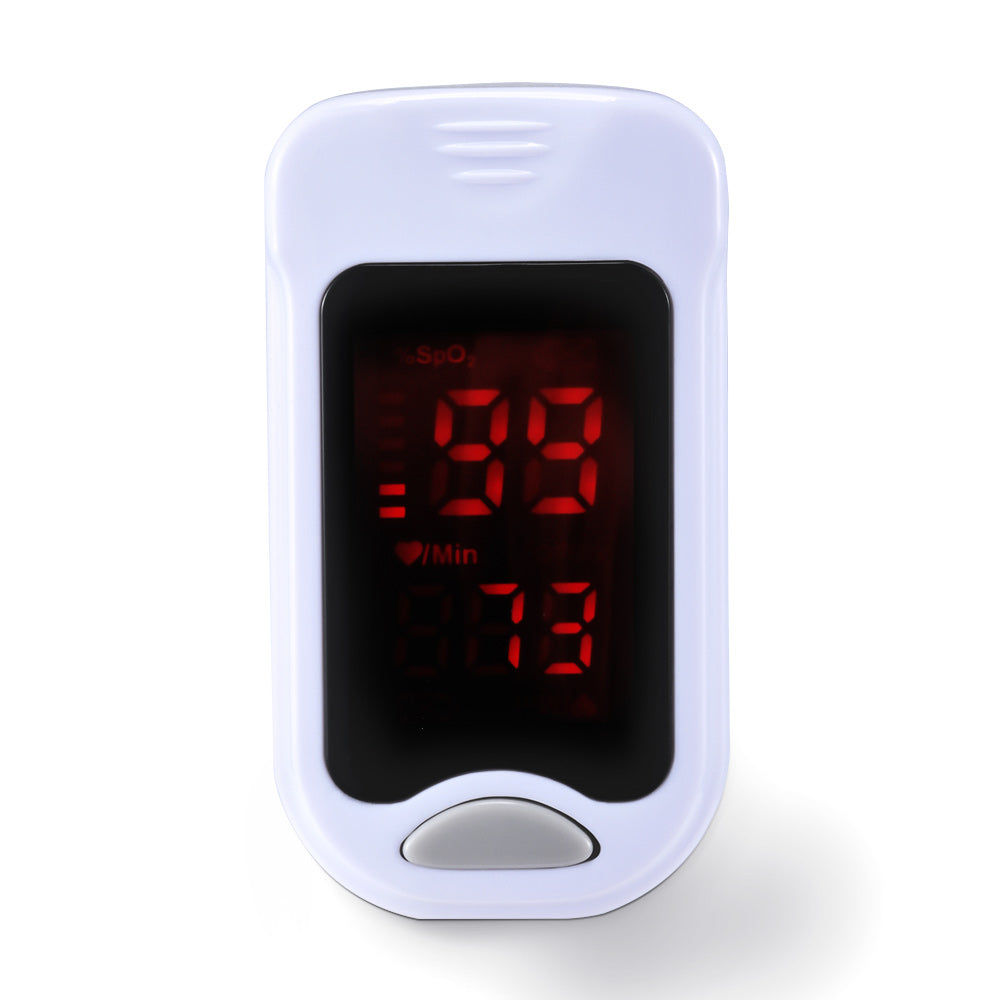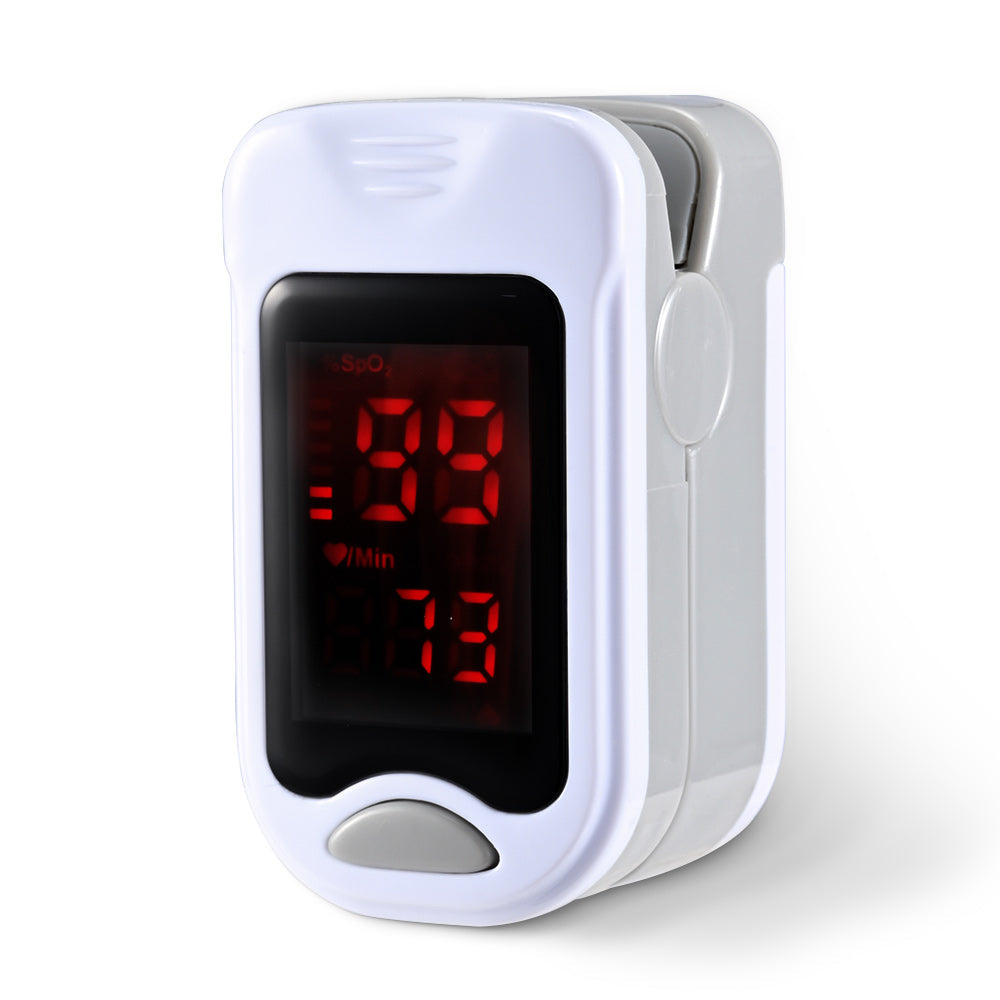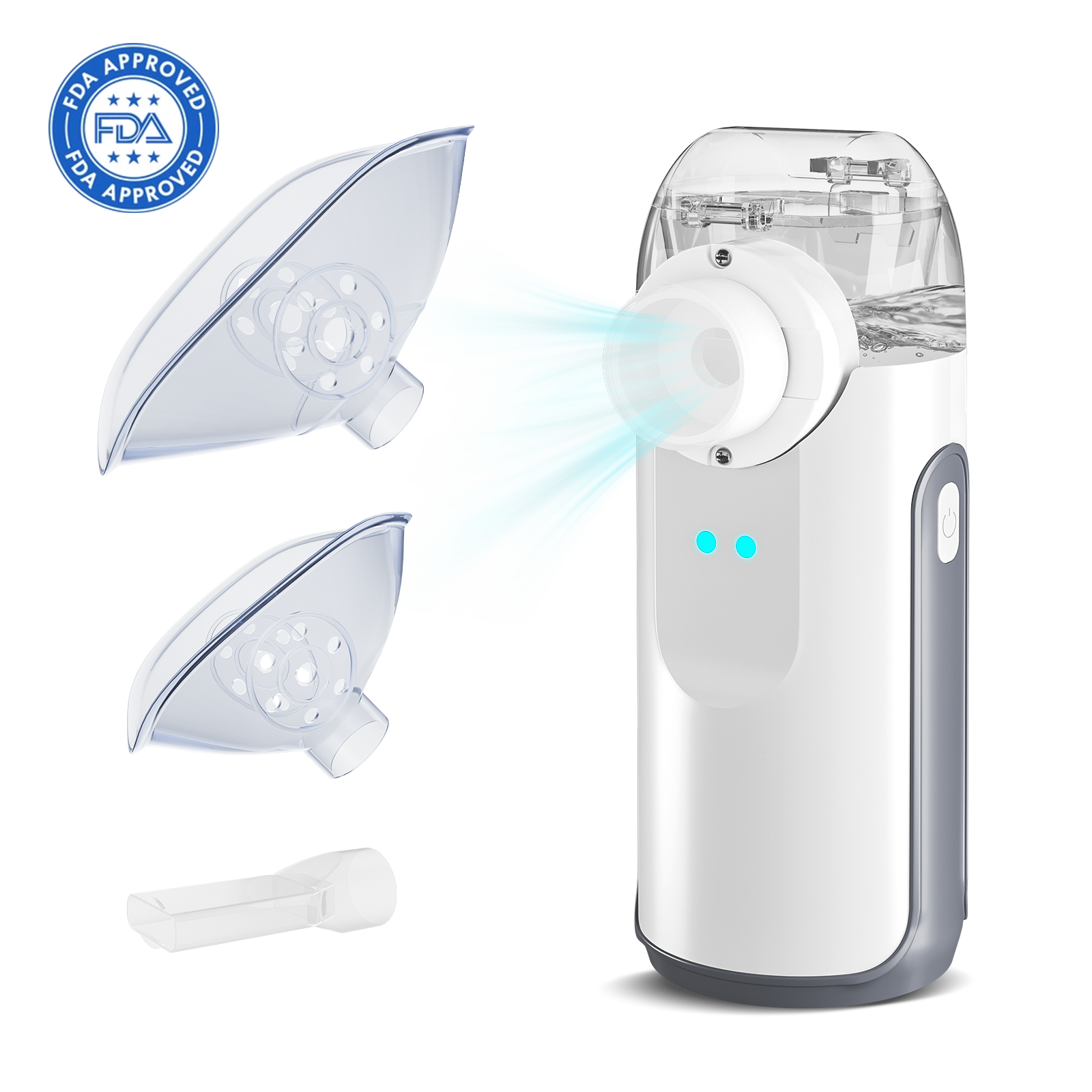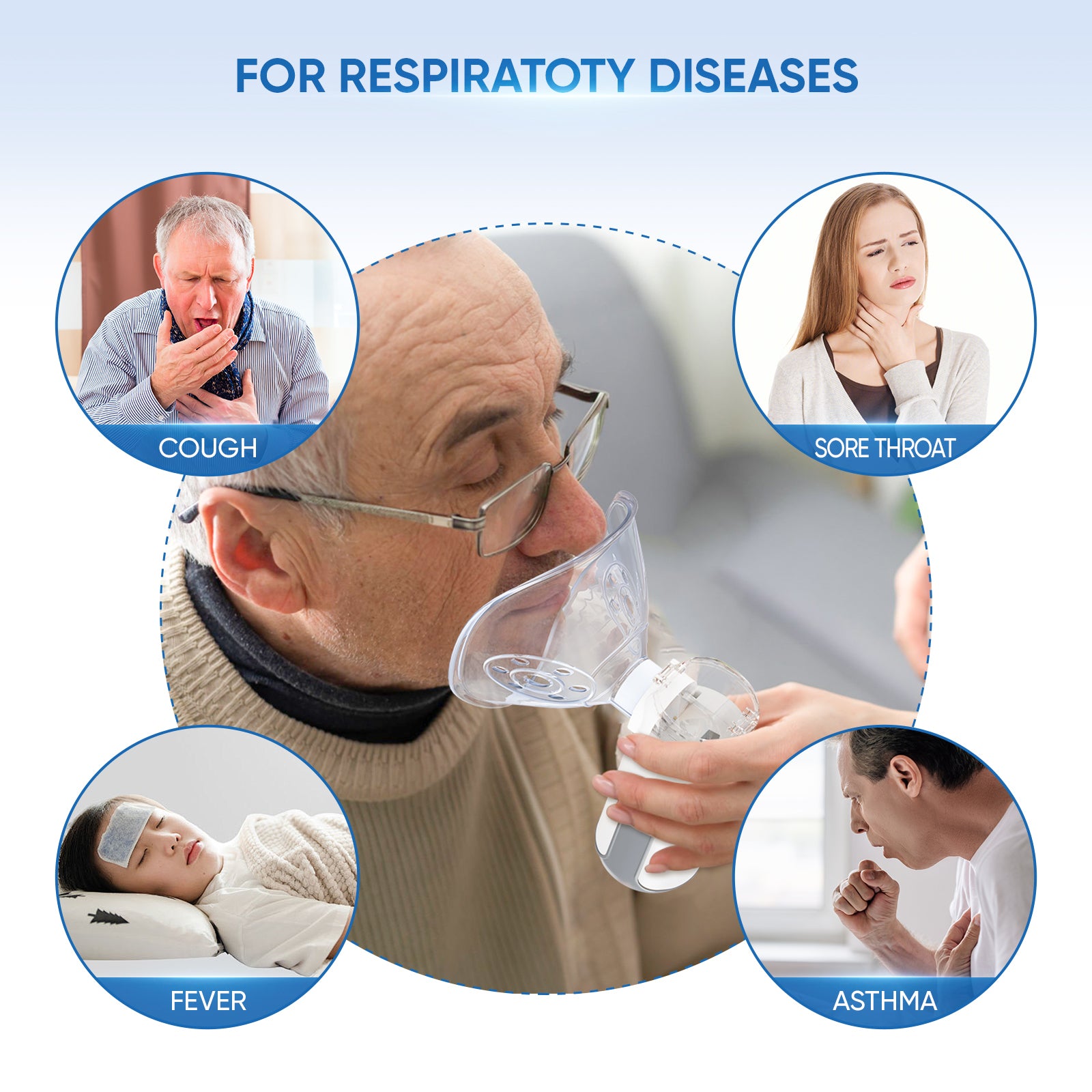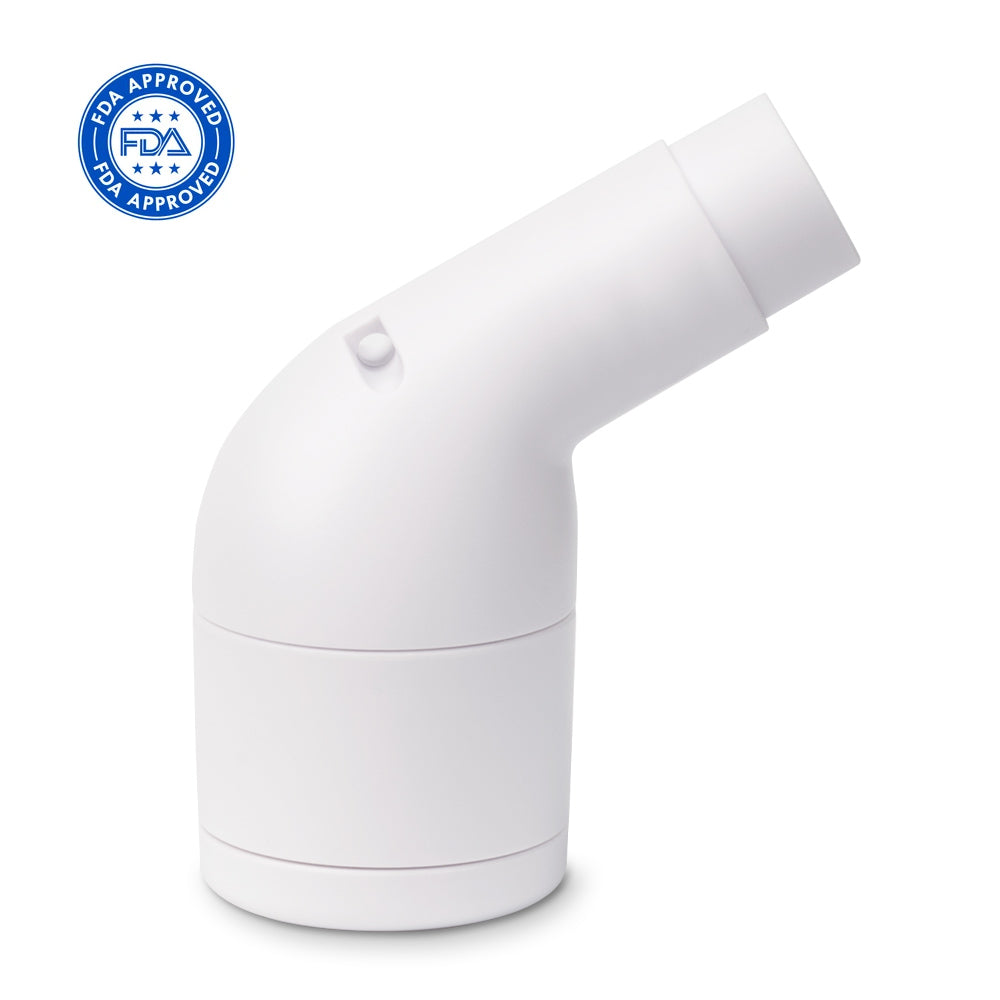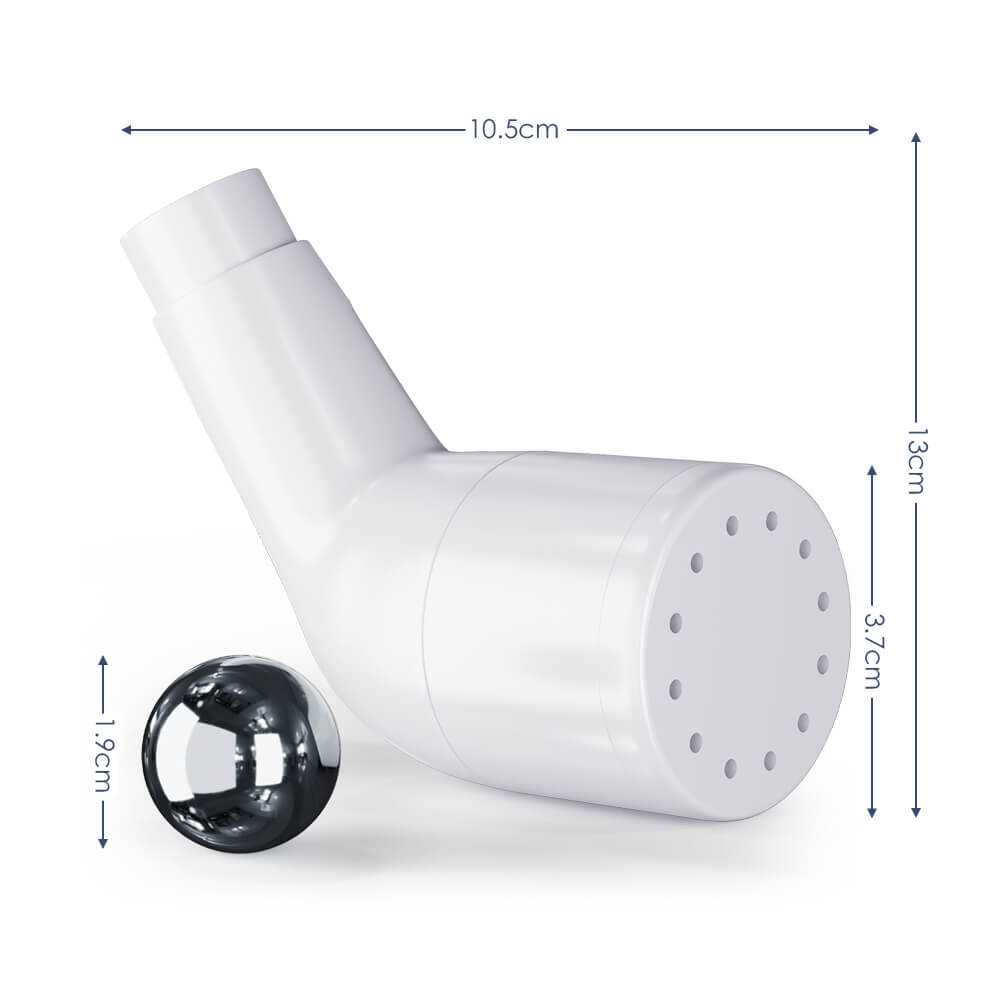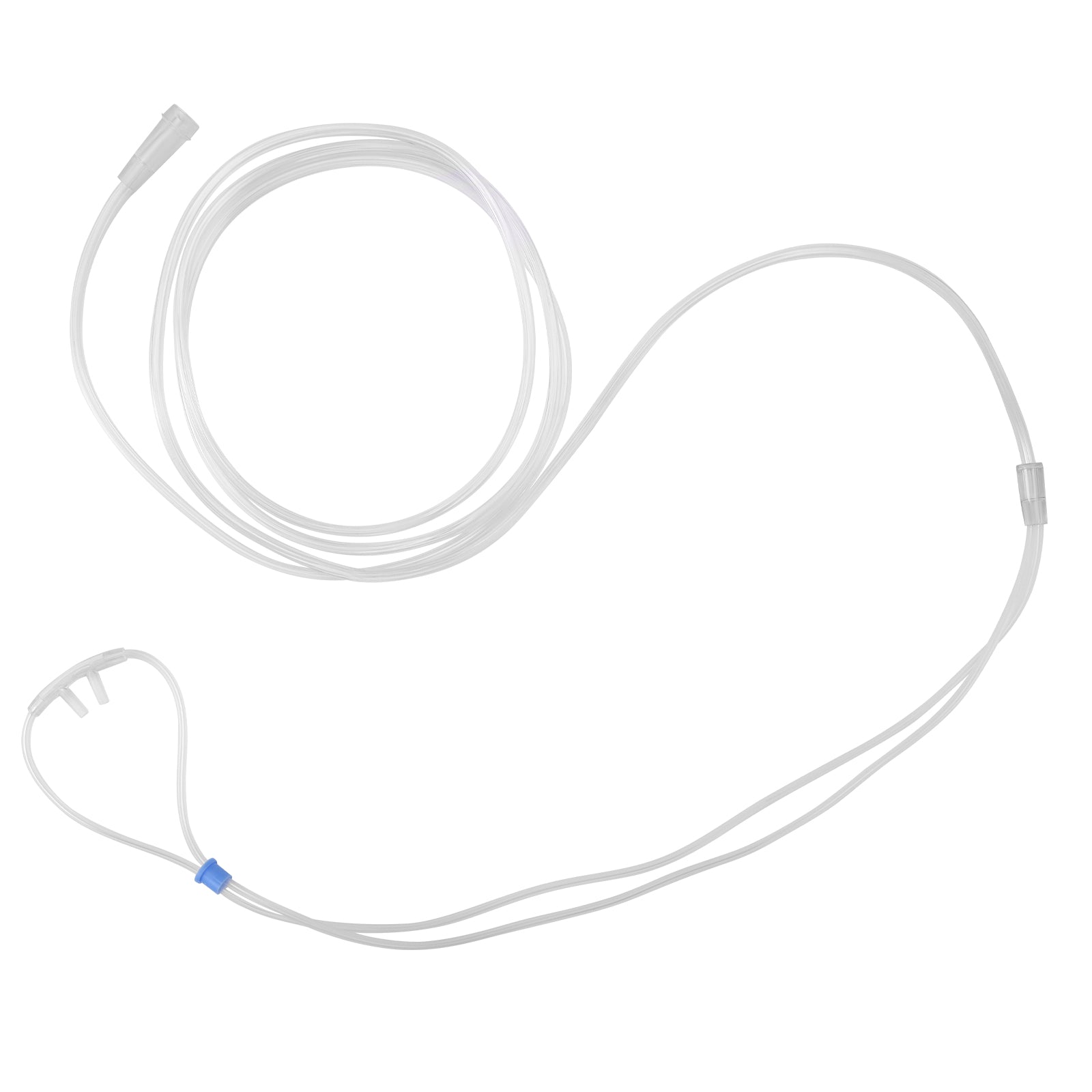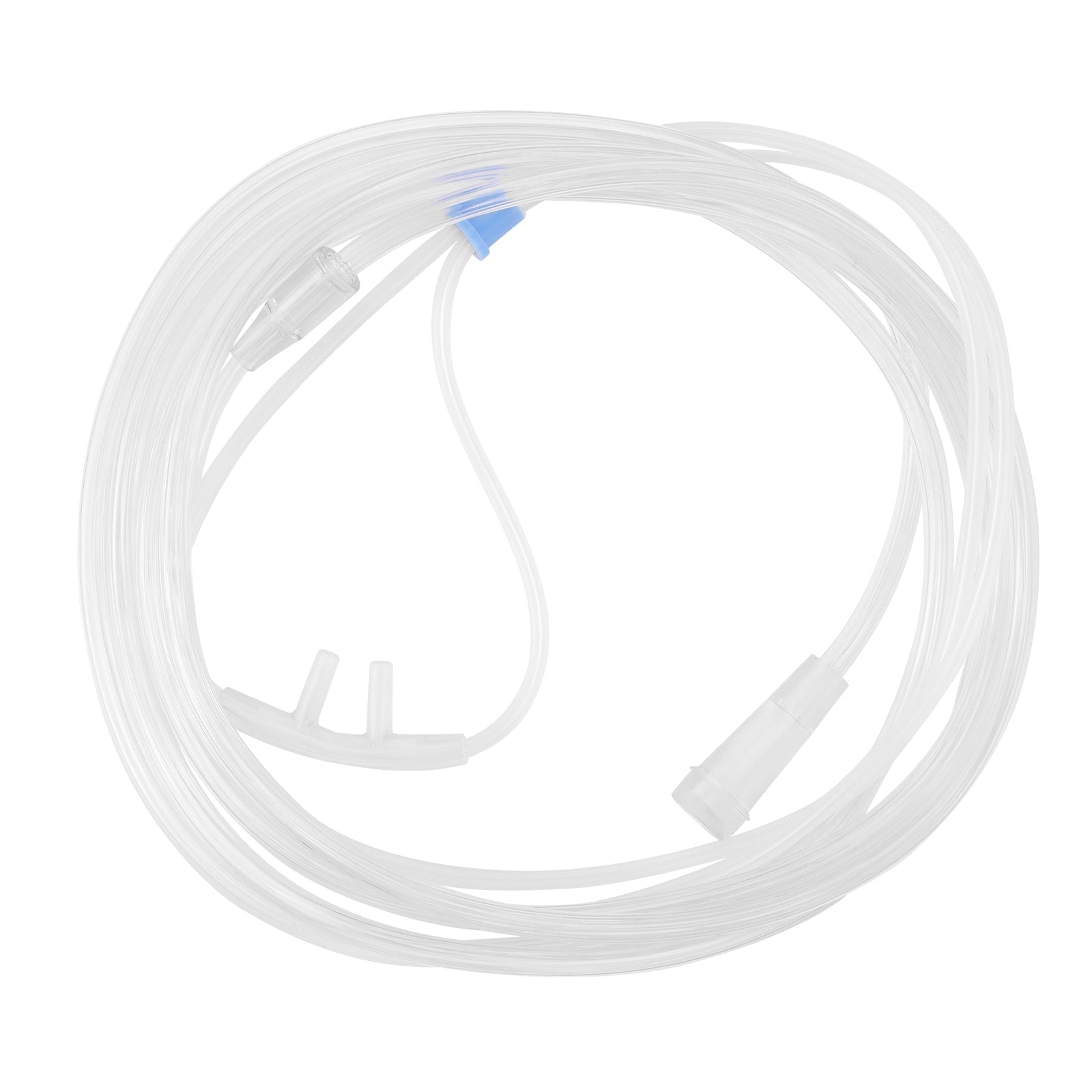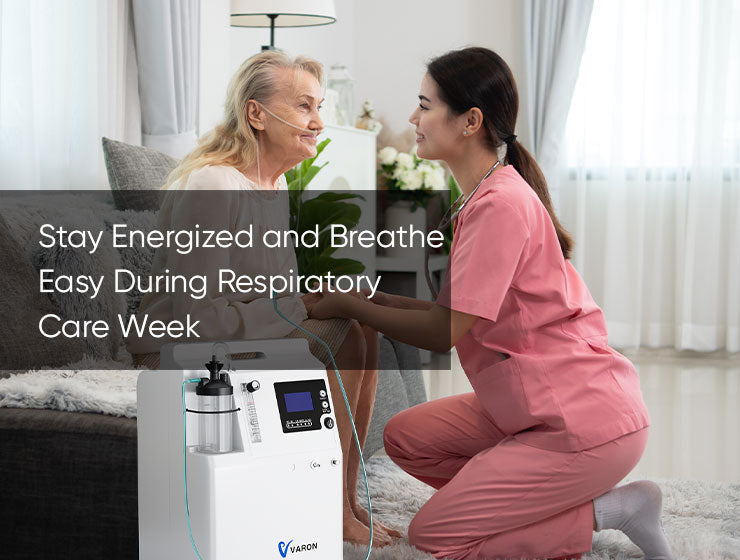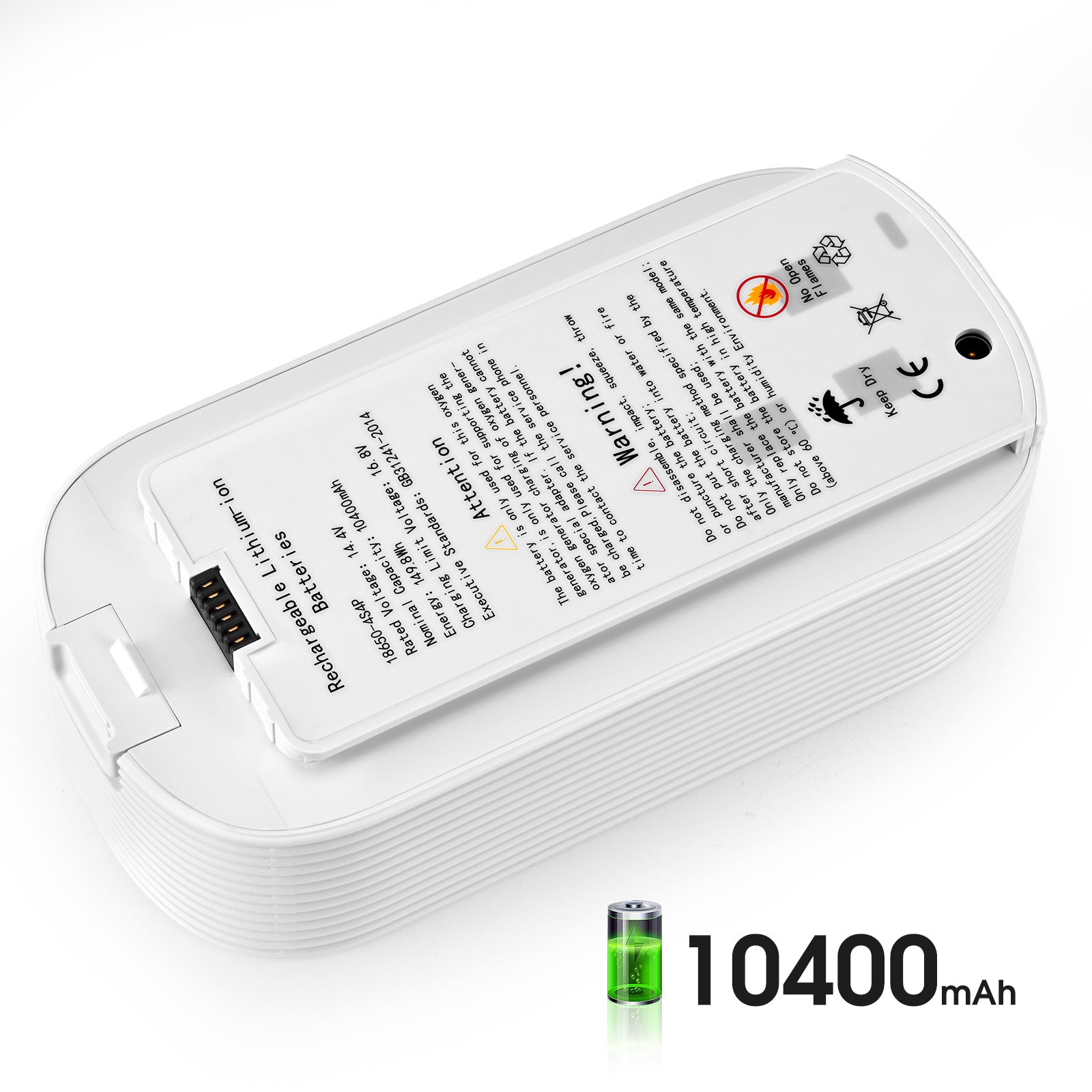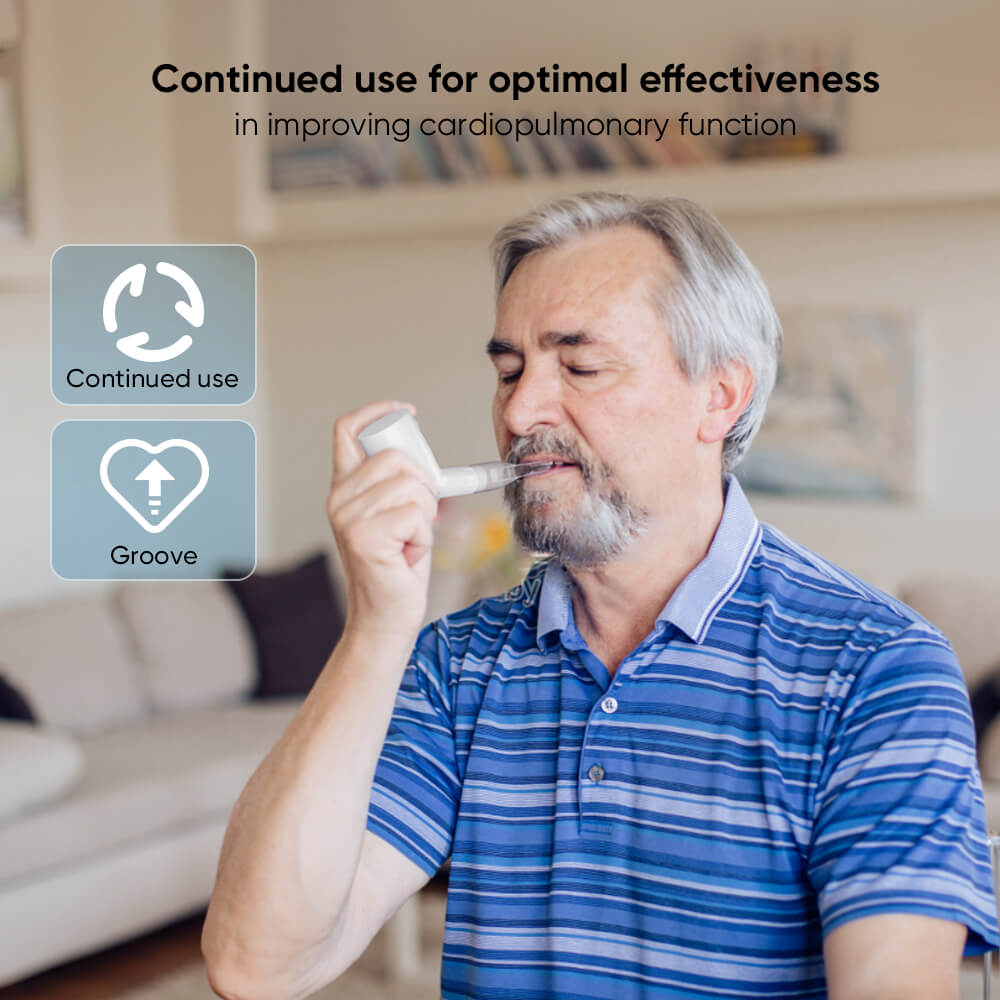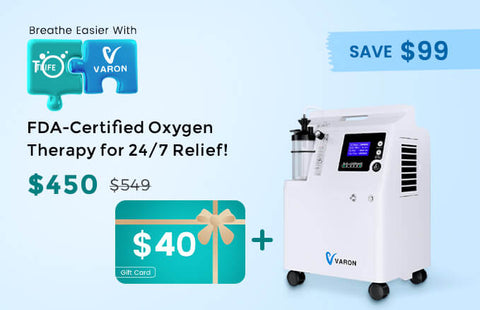Extreme weather wreaks havoc on communities in many ways, but it can be even more devastating for people with a chronic illness such as chronic obstructive pulmonary disease (COPD). Different types of weather will carry their unique challenges, so it is crucial to understand what to expect in various weather conditions when you have COPD to ensure your health and safety.
Cold Waves
Whether it is a blizzard, a snow squall, or a sudden cooling of the air, cold waves present many challenges for people with COPD. A 2006 study in the European Respiratory Review concluded that cold weather was correlated with an increase in hospital admissions for COPD. Another 10-year study in 2013 found that cold stress increased COPD exacerbation rates.
The reason cold weather affects people with COPD is that it disrupts a key pulmonary defense mechanism called the mucociliary escalator. Our lungs are lined with mucus and tiny hair-like strands called cilia, which both functions to clear the airways of particles and microorganisms. However, the lungs need to stay warm for this process to continue. If your lungs are exposed to cold air, the mucociliary escalator becomes dried out, which shuts down this critical defense mechanism. The result is a lowered ability to fight off infections, which can lead to increased COPD exacerbations.
In addition to the effects of breathing cold air, there are some other things during a cold wave that can affect people with COPD such as hypothermia and frozen water pipes (which can make for unreliable water supply). Hypothermia can cause rapid breathing and fatigue, which can make managing a COPD exacerbation harder. Also, unreliable water supply can make staying hydrated difficult, leading to dehydration, which can cause any excess mucus in the lungs to become thicker and more difficult to cough out.
How to Prepare for Cold Waves
There are several steps you can take to prepare for cold waves
Plan your activities to avoid being out in the cold
Wear warm clothing
Covering your nose and mouth with a scarf
Breathing in through your nose to warm and humidify the air
Keeping your oxygen tanks insulated
Heat Waves
When it gets extremely hot outside, many things can affect people with COPD. First, when air pollution is mixed with a heat wave, whether indoors or outdoors, it can cause an increase in COPD exacerbations. The reason this occurs is that there are chemical changes to the existing air pollution when the air is heated. The resulting chemicals can irritate the lungs, especially in people with lung conditions such as asthma and COPD.
Second, heat waves can cause dehydration. As discussed above, the mucociliary escalator needs adequate hydration to function properly. So in a heat wave, dehydration becomes a clear and present danger, which can then lead to impaired defense mechanisms in the lungs and an increased risk of lung infections. Additionally, certain medications can cause increased sweating, so when combined with extreme heat, water loss through perspiration increases dramatically causing rapid dehydration.
Finally, heat waves combined with local dry conditions often lead to large-scale wildfires. For people with COPD, this means more particles and smoke in the air, which can cause COPD exacerbations.
How to Prepare for Heat Waves
Here are some ways to prepare for a heat wave:
Use your air conditioner and fans indoors (make sure your air filters are replaced regularly)
Do outside work early in the morning or late in the evening
Drink adequate amounts of water
Avoid heavy clothing
Avoid excess activity when outdoors
Tornadoes
There has been a steady increase in tornado activity recently, so preparing for them is a necessity. Tornadoes are columns of wind that extend from a thunderstorm above to the ground below. The reason we can see tornadoes is that they eventually draw up enough dust, water, and debris into the air to make it visible. The dust and tiny bits of debris become airborne and worsen air quality, which can spell trouble for people with COPD.
How to Prepare for Hurricanes
People with COPD should keep these things in mind:
Keep your medications in a waterproof bag so you can keep them dry
Keep your oxygen concentrator or tank supplies in one place so you can grab them altogether if you need to evacuate quickly
When the water has receded, have a professional inspect your home for mold and remediate it before reentry.
Dust Storms
Dust storms can be dangerous for people with chronic respiratory illnesses, especially if you also have chronic allergies. When winds increase, dust on the ground is easily swept up into clouds that sweep across the ground surface. The result is a cloud of airborne particles that can cause illnesses such as dust pneumonia and silicosis. Long-term exposure to dust storms can cause irreversible lung damage and become a constant problem for people with COPD.
How to Prepare for Dust Storms
The best thing you can do to avoid a dust storm is to stay indoors. However, if you must go outside, keep yourself safe by doing the following:
Protecting your lungs and avoid breathing in dust
Wear eyeglasses or goggles that are sealed against your skin
If you don’t have one, immediately cover your nose and mouth with your shirt
Breathe through your nose to use the natural filtration of your nasal cavity.


